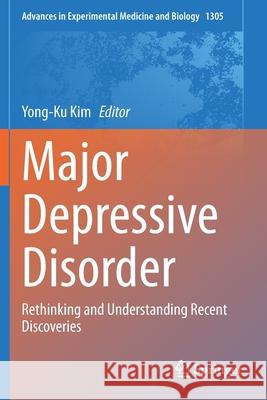Major Depressive Disorder: Rethinking and Understanding Recent Discoveries » książka
topmenu
Major Depressive Disorder: Rethinking and Understanding Recent Discoveries
ISBN-13: 9789813360464 / Angielski / Miękka / 2022 / 576 str.
Major Depressive Disorder: Rethinking and Understanding Recent Discoveries
ISBN-13: 9789813360464 / Angielski / Miękka / 2022 / 576 str.
cena 665,76 zł
(netto: 634,06 VAT: 5%)
Najniższa cena z 30 dni: 636,13 zł
(netto: 634,06 VAT: 5%)
Najniższa cena z 30 dni: 636,13 zł
Termin realizacji zamówienia:
ok. 22 dni roboczych
Bez gwarancji dostawy przed świętami
ok. 22 dni roboczych
Bez gwarancji dostawy przed świętami
Darmowa dostawa!
Kategorie BISAC:
Wydawca:
Springer
Język:
Angielski
ISBN-13:
9789813360464
Rok wydania:
2022
Ilość stron:
576
Waga:
0.79 kg
Wymiary:
23.39 x 15.6 x 2.97
Oprawa:
Miękka
Wolumenów:
01
Dodatkowe informacje:
Wydanie ilustrowane











